Resources
5 Real Life AR Applications in Retail

Do you remember the EyeToy?
It’s still being made today, but back when it first came out in 2003, it had only sold two million units – significantly less than the 69 million units the platform it was made for, Playstation 2, sold in the same year.
The EyeToy was designed to work with specific Playstation 2 games, using augmented reality to allow the players to interact with their games on a much deeper level. As a device, it’s one of the earliest commercial augmented reality products on the market, and the fact that it’s stayed on the shelves for the past 20 years says a lot about the lure of augmented reality.
COVID-19 only deepened that need. When places went into lockdown and people had to shop online, stores had to think quickly about how they could improve the way that their customers interacted with them.
Some of them turned to augmented reality.
Augmented reality software works on depth and computer vision. When you have augmented reality software, it works by taking in information through a camera and overlaying digital content on top of it. If you’ve ever used an Instagram filter, that’s on the same principle: the camera takes your face, and puts out a version with added effects, such as glitter or animal ears.
It works on nearly everything, if you’re able to put the power behind it. Stores that can afford to go the augmented reality route find that it’s extremely effective at showing people their products in a way that’ll make them want to buy.
Here’s five examples how.
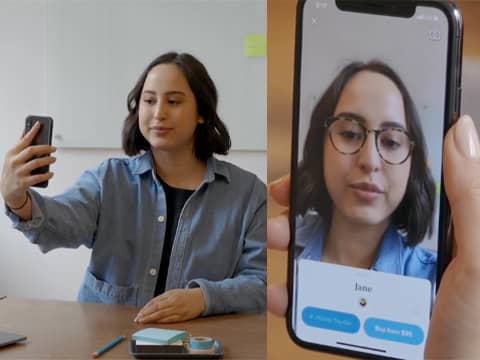 In 2020, Warby Parker launched their virtual try-on service, which encourages customers to try their glasses on before buying – provided they have an iPhone. They built their try-on service to work with Apple’s ARkit, selfie camera, and the TrueDepth technology which, while it limits who can use it, grants a pretty even performance across the scale.
In 2020, Warby Parker launched their virtual try-on service, which encourages customers to try their glasses on before buying – provided they have an iPhone. They built their try-on service to work with Apple’s ARkit, selfie camera, and the TrueDepth technology which, while it limits who can use it, grants a pretty even performance across the scale.
Glasses shopping fits in a weird little category: it’s not quite considered a luxury, but the prices can be significant for a lot of people, which means that trying on your glasses before you buy them is necessary, especially if you want to be sure they look well. Add to that the problem of being near enough to a Warby Parker to try them on in person, and you get the benefit of augmented reality immediately: with an iPhone, there’s no need to go into a store personally. You can get the benefit of shopping from home with the reassurance of trying them on in person.
Walgreens had their in-store navigation system for a while, but it still bears talking about: not only does it simplify the shopping experience for computers, it works with technology you already have, making it a lot easier for everyone to use it. What makes Walgreens’ shopping experience so convenient is that it allows you access to all of its stores nationwide, and to go through the store aisle by aisle to find the specific product that you’re looking for. Their virtual mapping also speeds up the shopping process by a lot, saving time for their consumers – which, if you’ve ever had to hit up a Walgreens on your way home from work, know how important that is.
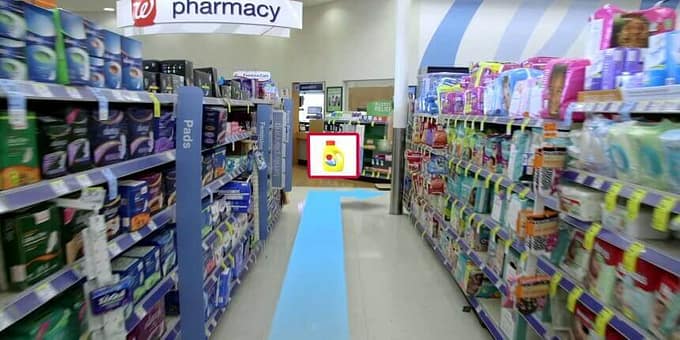
Furniture shopping is always a problem if you’re not up to date on your measurements. Furniture shopping when you can’t visit a store location in person, or when it’s difficult to visit a store location, makes it even harder.
IKEA Place lets you browse through IKEA’s entire catalogue and place real life 3D replicas of their furniture in your own apartment. It’s especially useful if you have a small place or a weird nook that you want to fill in with products, but you don’t have an IKEA near you – and if you want to see the product in your space before you buy. The best part? All the furniture is built to size, so you can definitely see what your favourite furniture would look like exactly, down to the size.
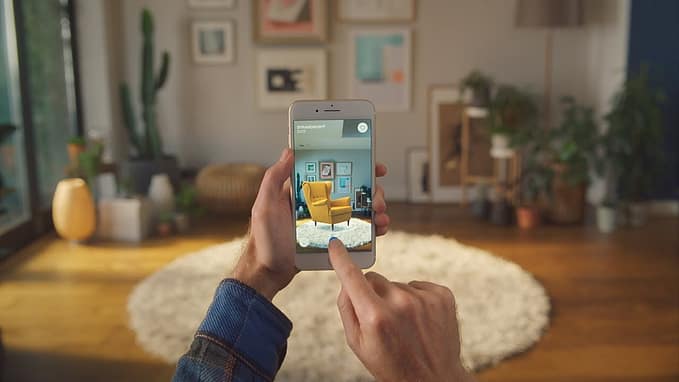
In 2022, Ulta released shoppable AR filters.
Makeup, like glasses, isn’t easy to shop online; colours won’t look the same, and the way that certain products look on your own face might be different to the way that they look on the model’s. Using AR filters, it allows customers to see what their favourite products will look like – and by adding the SKU details and updated prices, it smooths the process for purchase.
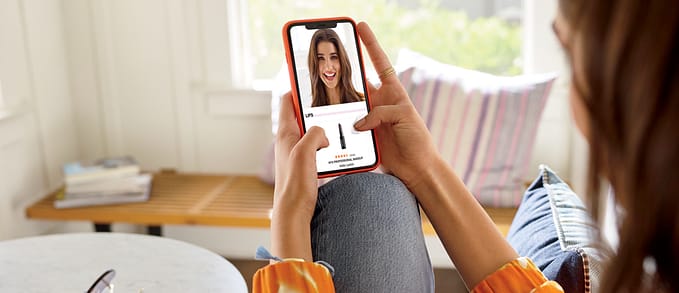
In London, you can create your own Nike sneakers in 3D.
Using augmented video mapping, the programme walks you through designing your own set of Air Force 1s, letting you see how your chosen materials and colours look on a new pair of sneakers – all on an iPad.
Your design is then sent to the Nike iD factor to be created for you.
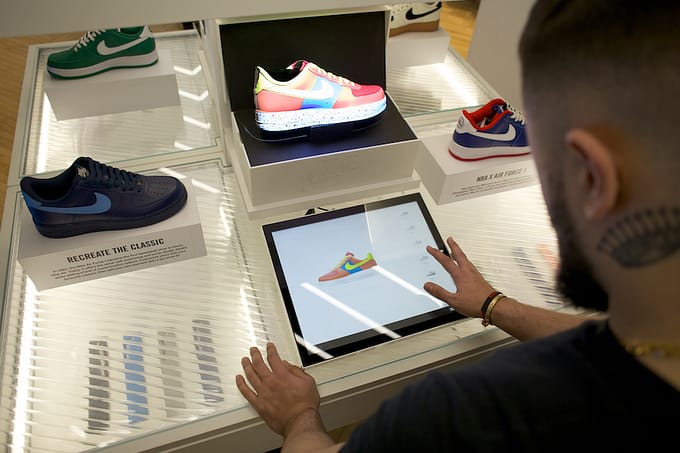
Can AR be used for anything else?
Augmented reality has a lot of applications – more now that the pandemic has shown companies that they’re not always going to have customers coming in through the doors. Most of the way its used right now is experimental, but technology always starts out as a ‘what-if’: from computers to the robot dog to the moon landing, every piece of technology out there started out as a question where the answer was to build, test, and re-test until there was a working prototype.
The thing is, augmented reality’s place in retail also comes with other benefits. Brands that go for augmented reality build themselves up, too, not just the product. Augmented reality is immersive, whether or not you’re using it to talk about a product or an experience – and some of the best augmented reality experiences don’t actually sell you anything except the story of the brand itself.
For example, Patrón Tequila’s app walks you through the process of planting, harvesting, and producing a bottle of Patrón Tequila, and it provides hints on tasting notes and how the aging process affects the flavour of the tequila. It’s a really cool way to educate others on your brand, without necessarily needing a shop front or a static page to do so.
If you’re interested in creating a brand AR experience, and you want help doing so: we’re working on something that can really help. Drop us a message – let’s talk!